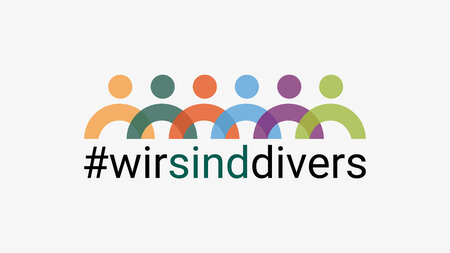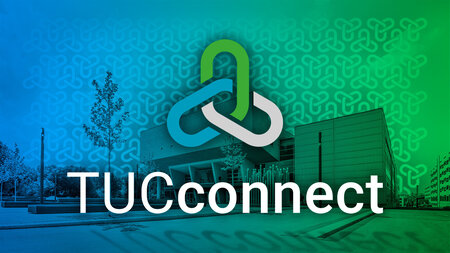Computer code comprehension shares neural resources with formal logical inference in the fronto-parietal network. An EEG study
Background: The comprehension of programming language or source code is a major skill in the programmer world to conquer. Conceptualization of code comprehension is broadly studied to understand the behavioral aspects of the experienced and non-experienced programmers. As earlier studies (Roser & Ortiz-Ospina, 2016) shows that approximately .5% of worlds population is skilled at programming languages, though the opportunity to have a career in computer languages is growing significantly. Despite the importance of programming to modern society, the cognitive and neural bases of code comprehension are largely unknown. Previous studies show that programming languages might recycle neurocognitive mechanisms originally developed for natural languages. Alternatively, comprehension of code could depend on fronto-parietal networks shared with other culturally-invented symbol systems, such as formal logic and symbolic math such as algebra (Liu, Kim, Wilson, & Bedny, 2020).
Objective: We replicate a previous study by Liu and others (Liu et al., 2020) with the aim of additionally providing empirical evidence about neurocognitive behavioral characteristics of the experienced and inexperienced programmer while comprehending programming languages in comparison to culturally-invented symbol systems, such as formal logic and symbolic math such as algebra.
Method: Here we are conducting a non-exact replication of study Liu and others (Liu et al., 2020) to analyze the outcome of code linearity on the behavioral aspect of the programmers while they comprehend multiple source code snippets. Novice and Expert programmers will perform code comprehension and memory control tasks while undergoing EEG (Electroencephalogram). The same participants will also perform formal logic, symbolic math, executive control, and language localized tasks. We will add additional faulty code snippets to gauge how students react to them when performing programming tasks as compared to logical expressions.
Expected Results: In line with Liu (Liu et al., 2020) we would investigate which fronto-parietal networkwas recruited for code comprehension. We would also observe if, in terms of the underlying neural basis, code comprehension overlapped with culturally-invented symbol systems, such as formal logic and symbolic math such as algebra.
Conclusion: In this paper, we will perform non-exact replication with EGG to expand our understanding about code comprehension. In the end of this study we expect to have similar result like the previous study mention before, confirming the understanding about the cognitive and neural mechanism in program comprehension based on programming language, formal logic and symbolic math.
References
Liu, Y., Kim, J., Wilson, C., & Bedny, M. (2020). Computer code comprehension shares neural resources with formal logical inference in the fronto-parietal network.bioRxiv.
Roser, M., & Ortiz-Ospina, E. (2016). Literacy. Our World in Data.





